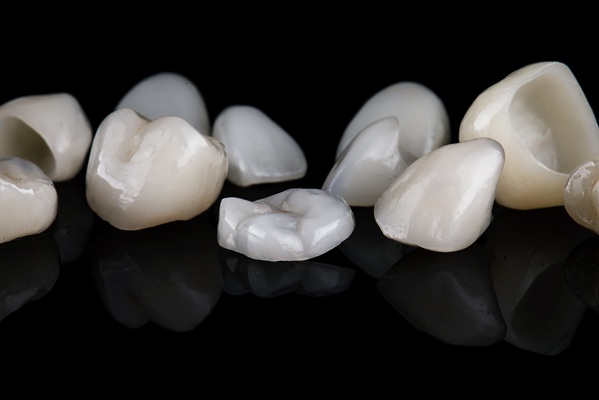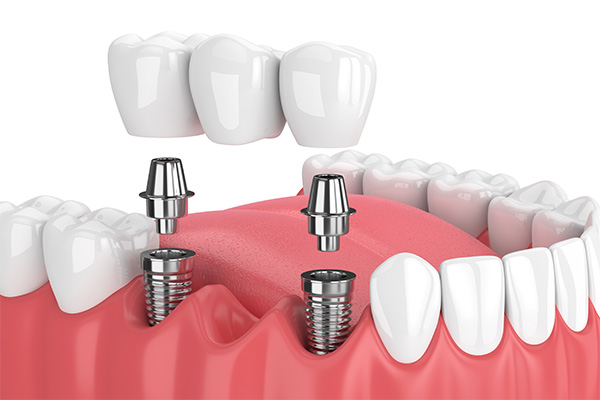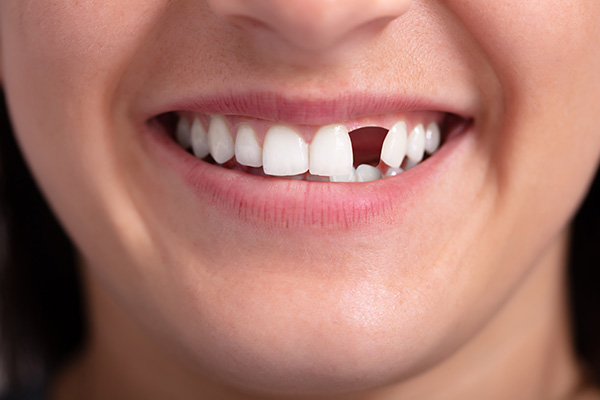Dental Crowns: Their Purpose, Process, and Longevity

A dental crown is a custom-made restoration designed to strengthen, protect, and restore the appearance of a tooth weakened by damage, decay, or wear. Used frequently in general, family, and cosmetic dentistry, a dental crown offers long-term protection while enhancing the look and function of the natural tooth. Understanding its purpose, the treatment process, and how long it can last helps patients make informed decisions about their oral health.
Purpose of a dental crown
The primary function of a dental crown is to restore a compromised tooth to its natural strength and shape. Teeth that are cracked, chipped, worn down, or structurally weakened from large fillings or root canal therapy can often benefit from full coverage with a crown. It acts as a protective cap, encasing the visible portion of the tooth above the gum line.
In cosmetic dentistry, dental crowns can help improve the appearance of misshapen or severely discolored teeth. They may be recommended to correct bite alignment, close gaps, or as part of a complete smile makeover. In some cases, crowns are placed on dental implants to replace missing teeth, providing a functional and aesthetic solution that looks and feels like a natural tooth.
Crowns are custom-fabricated using porcelain, ceramic, zirconia, or metal alloys. The dentist recommends a material based on where the crown will go in the mouth, appearance preferences, and bite strength. A dental crown placed on a front tooth is often made from porcelain for a natural look, while crowns for molars may be made with a stronger material to withstand chewing pressure.
The dental crown process
Receiving a dental crown typically involves two appointments, though same-day crowns are available in some practices using in-office digital milling technology. For traditional crowns, the process begins with an initial visit where the dentist evaluates the tooth, takes diagnostic images, and prepares the tooth by removing any decay and reshaping it to fit the crown.
After shaping the tooth, the dentist takes impressions to ensure a precise fit before they send it to a dental lab that creates the permanent crown. The dentist may place a temporary crown to protect the tooth in the meantime.
During the second visit, the dentist will remove the temporary crown before placing the permanent one and checking it for a proper fit, shape, and color. The dentist will then make adjustments as necessary before securely bonding the dental crown in place. The patient leaves the appointment with a fully restored tooth capable of normal function.
Caring for a dental crown
Although a dental crown is durable, proper care is necessary to ensure it lasts. Daily brushing and flossing help prevent plaque buildup around the margins of the crown, where the natural tooth meets the restoration. This helps avoid gum disease and decay in the underlying tooth structure.
It is important to avoid biting hard objects or using the teeth as tools to open packaging, as these habits can damage the crown. Patients who grind or clench their teeth at night may need to wear a night guard to protect the restoration and surrounding teeth from excessive force. Routine dental checkups allow the dentist to examine the crown for any signs of wear, cracks, or loosening. Early detection of problems ensures timely repair or replacement before complications arise.
Longevity and replacement expectations
The lifespan of a dental crown depends on several factors, including material type, oral hygiene habits, and overall bite function. On average, a dental crown lasts between 10 and 15 years, though many last longer with proper maintenance.
Porcelain-fused-to-metal and zirconia crowns tend to be more durable in high-pressure areas such as molars. In contrast, all-ceramic crowns may be more aesthetic but slightly less durable in certain cases. Regardless of the material used, strong oral hygiene and routine dental care significantly impact the longevity of the restoration.
Eventually, most dental crowns will need replacement due to normal wear, gum recession, or changes in the supporting tooth structure. Patients should remain attentive to any changes in the way their bite feels or in the appearance of the crown, and report concerns during regular visits.
Restoring function and confidence
A dental crown serves both a restorative and aesthetic purpose, helping patients regain comfort, function, and confidence in their smile. Whether used to repair a damaged tooth, cover a cosmetic flaw, or replace a missing tooth on an implant, the crown provides a long-lasting solution tailored to individual needs. By understanding the purpose, process, and care requirements, patients can approach the treatment with confidence. For more information or to schedule an appointment, call our office at {{PHONE}}.
To schedule a consultation, please request an appointment on our website at https://dentistryonpark.com or call Dentistry on Park, LLC at (781) 443-8131 to arrange an appointment at our Stoughton office.
Check out what others are saying about our dental services on Yelp: Dental Crowns and Dental Bridges in Stoughton, MA.
Recent Posts
Proper care of a dental crown is essential for maintaining its appearance, function, and longevity. A dental crown restores damaged or weakened teeth, providing durability and protection to the underlying tooth structure. Although crowns are designed to withstand chewing forces, taking specific precautions ensures their long-term success and helps maintain oral health.A dental crown acts…
Teeth that are severely decayed or fractured may benefit from dental crowns, which cover the damaged portions of the teeth, protecting them and restoring their functionality. A dental crown is crafted to fit the remaining portion of the tooth exactly and permanently bond to it. However, crowns are not perfect, and while they are usually…
When a dental practitioner recommends a dental crown, it may not be up to the patient. These dental devices are used to treat various conditions that cause a tooth to need serious work. When a crown is required, it usually means that the tooth it covers is too far gone to be useful, but it…
If you have ever had a dental crown, you may have had traditional impressions taken. This usually involves a gooey material that the dentist places in your mouth. It will mold to the shape of your teeth. However, many people do not like this type of impression. The good news is that you have alternatives…


